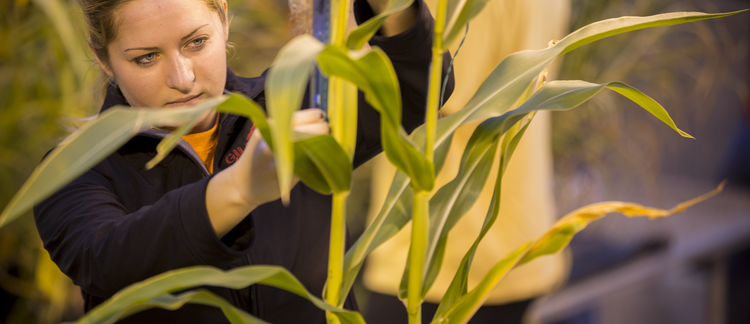Abstract
Applications of foliar fungicides on soybeans have been shown to reduce disease pressure and protect yield under the right conditions, especially in environments that have very wet or humid conditions. In the past decade, fungicide use in Iowa has increased. Initially, growers were concerned with the potential threat of soybean rust, which is controlled effectively by foliar fungicides. In Iowa, however, there has not been any case of yield reduction due to soybean rust. New potential purposes for foliar fungicides include “plant health” benefits and the reduction of foliar diseases endemic in Iowa such as Septoria brown spot, Cercospora leaf blight, and frogeye leaf spot. Currently what is not known is how the efficacy of fungicides is affected when agricultural practices change. Our question: How does plant population affect the efficacy of fungicides?
Keywords: Plant Pathology and Microbiology, RFR A1110
How to Cite:
Mueller, D. S., Bestor, N. R. & Pecinovsky, K. T., (2012) “Effect of Fungicides and Plant Populations on Soybean Disease and Yield”, Iowa State University Research and Demonstration Farms Progress Reports 2011(1).
Downloads:
Download pdf
View PDF
241 Views
88 Downloads

